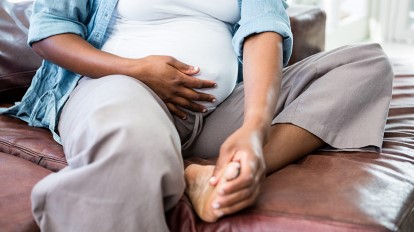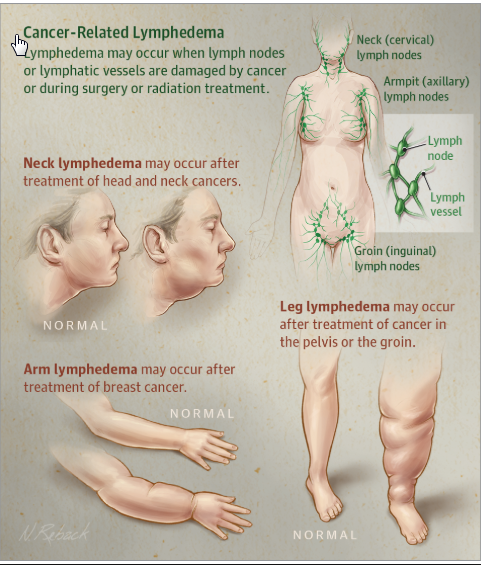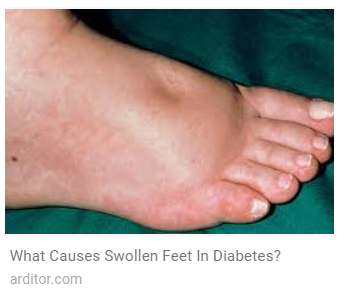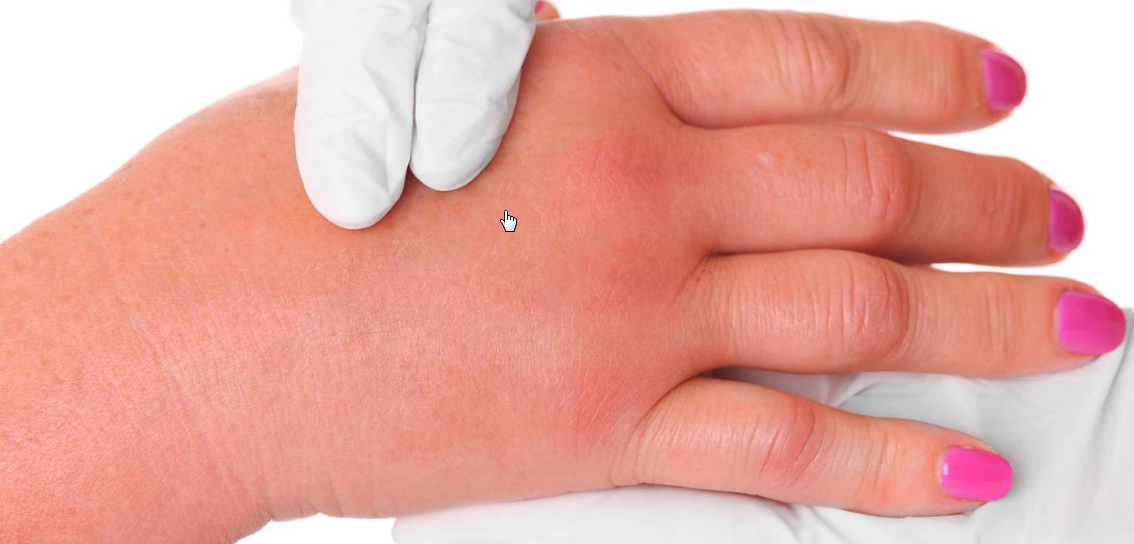WHAT IS LYMPHEDEMA?
What is lymphedema?
Lymphedema is a chronic lymphatic disease that results in disfiguring swelling in one or more parts of the body. It can be hereditary (Primary Lymphedema) or it can occur after a surgical procedure, infection, radiation or other physical trauma (Secondary Lymphedema). In breast cancer, for example, it can appear in the arm on the same side as the cancer, after lymph nodes are removed from the armpit region for cancer staging. Primary Lymphedema often occurs in the lower extremities. Lymph is the protein-rich body fluid that accumulates when the lymphatic system for fluid transport is damaged.
WHERE DOES LYMPHEDEMA OCCUR? Symptoms Require a Medical Diagnosis. The main symptom is swelling in an arm or leg that may be accompanied by pain or discomfort. Pain areas in the arms or legs or skin. Skin dimpled like an orange peel or rashes. Also common swelling in extremities, swollen lymph nodes, or water retention.
ONLY PEOPLE WITH CANCER GET LYMPHEDEMA, WRONG!
1. BIRTH (Congenital Lymphedema)
As a child, I remember walking in the March of Dimes 5k and experiencing an uncontrollable sensation of itching in my legs. Primary lymphedema is rare, and happens as a result of genetic mutations that cause the lymph vessels to develop improperly, “undermining its ability to drain fluid properly,” says MedicalNewsToday.com. Congenital lymphedema is one such cause of primary

2. PREGNANCY (Lymphedema Praecox|Meige Disease)
The most common cause of primary lymphedema is lymphedema praecox—also known as Meige disease—and is defined as “lymphedema that becomes apparent after birth and before age 35 years and symptoms most often develop during puberty,” says MedicineNet.com.
The source also indicates that females are four times more likely to develop it than males. And while it most commonly becomes evident during puberty, it’s possible that it may also (or only) occur during pregnancy. The disease did not show up until after my 3rd C-Section at the age of 24. I was tested for heart disease, vein issues, gout, diabetes, and obesity!
3. Lymphedema Tarda (Late-Onset Lymphedema)
An even rarer cause of primary lymphedema is lymphedema tarda, or late-onset lymphedema. The type gets its name because of when it occurs in a person’s life, typically after the age of 35.
Whereas both congenital lymphedema and lymphedema praecox primarily affects females, the National Lymphedema Network indicates that lymphedema tarda “usually affects both lower extremities in men and women.”
Causes of Secondary Lymphedema
4. Surgery
Originally, I was diagnosed with this type of lymphedema after my 3rd C-Section. Later in life, I discovered that I may actually have been born with Primary (Meige Disease). The condition is hereditary and I have several family members who I believe may suffer from this same condition. Secondary lymphedema is far more common than primary lymphedema, and occurs “when a normally-functioning lymphatic system is blocked or damaged,” says MedicineNet.com. A variety of factors can cause a blockage or damage, including surgery. For example, the Mayo Clinic says, “lymph nodes may be injured in surgery that involves blood vessels in your limbs.” Or, in the case of surgery to treat breast cancer—the most common cause of lymphedema in the United States—the lymph nodes may be removed altogether to stop it from spreading.
5. Cancer or Radiation Therapy for Cancer
It’s not
6. Infection
The first time I was formally diagnosed with lymphedema was due to a bug bite that got infected which caused me to develop cellulitis. Secondary lymphedema can also occur because of bacterial infections, fungal infections, or parasites that cause inflammation or damage to the lymph nodes, restricting the proper drainage of the lymph fluid. Severe cellulitis, for example, “may damage tissue around the lymph nodes or vessels,” says MedicalNewsToday.com, and can lead to scarring that increases lymphedema risk. Infection-related lymphedema isn’t a major concern in North America, though, as the Mayo Clinic indicates it is “…most common in tropical and subtropical regions and is more likely to occur in developing countries” as shown in the picture below.
WHERE CAN I GET TREATMENT AND SUPPORT?
LYMPHEDEMA EDUCATION AND RESEARCH NETWORK (LE&RN)
Do you think you have Lymphedema and need to find a treatment center?
Do you need support and want to spend time with people who understand what you are going through?
Are you in the healthcare field and interested in getting involved to help find a cure…for the incurable disease?
Do you want to get involved by becoming a supporting member and help spread the word
We will start a chapter here in Greenville, SC coming soon.
If you are interested in becoming a member or learning more please contact us today!




